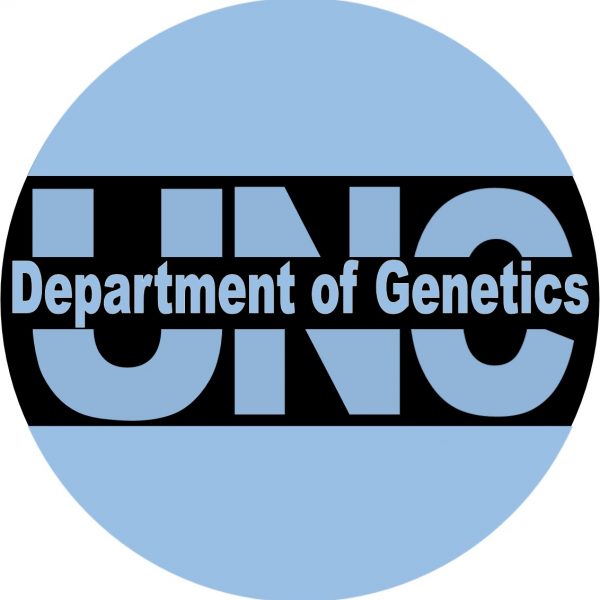Research Interests
Key words: genetic mapping of susceptibility loci for complex traits and the positional cloning of genes responsible for neurodegenerative disorders
Dr. Wilhelmsen’s laboratory is engaged in the genetic mapping of susceptibility loci for complex traits such as addiction and the positional cloning of genes responsible for neurodegenerative disorders. Although his group has mapped the loci for many traits, Dr. Wilhelmsen’s original identification of linkage of the syndrome disinhibition-dementia-parkinsonism-amyotrophy complex (DDPAC) to 17q21-22 (now called FTDP-17) had a key role in setting the direction for his future research. His attraction to the DDPAC phenotype was the wide clinical spectrum of disease presentation (including dementia, motor neuron disease, parkinsonism, alcoholism and behaviors similar to schizophrenia) seen in individuals with the same mutation. Subsequently, mutations in the tau gene were shown to be responsible for most cases of FTDP-17. Dr. Wilhelmsen’s current research activity in this area is devoted to determining how tau mutations produce disease, and the positional cloning of mutations responsible for related disorders.
Dr. Wilhelmsen’s long-term interest is in the genetic dissection of complex traits. At UCSF, he established a clinical and laboratory program to identify addiction susceptibility genes. He moved to UNC in fall of 2004 to continue this work in the Department of Genetics and the Genome Center. There are few conditions where there is a genetic susceptibility that shows more complex interactions between genes and the environment than addiction. Using genetic epidemiology, it has been possible to show a heritable component to alcoholism, nicotine dependence and personality. These studies do not, however, allow us to infer how many genes are involved, how these genes interact with each other, or how the environment affects them. The Wilhelmsen group has been using linkage analysis to map susceptibility loci and determine the phenotype that segregates with the alternative alleles for these loci. By refining the phenotype, they hope to have more power to detect the causal sequence variations.
To support the genotyping needs for their studies, Dr. Wilhelmsen’s laboratory developed highly automated large-scale genotyping (which is the currency of genetic analysis) and an informatics infrastructure for data handling and processing. They developed a system that could determine the genotypes of 815 evenly-spaced microsatellite markers (3 cM average spacing) for 10 people per day. Linkage analysis for four large-scale family based projects has been completed and loci have been identified for a series of addiction and personality related phenotypes.
The next phase of their work is to use association analysis to identify the sequence variations that are responsible for addiction related behaviors. This work requires the genotyping and association analysis of thousands of simple sequence polymorphisms. A logical extension of this work is to develop the ability to perform genome-wide association analysis, which is being used to identify common sequence variations that affect susceptibility to neurodegeneration.
Publications
Kirk Wilhelmsen in UNC Genetics News

November 20, 2022
Department of Genetics Publications for November 6th – 19th, 2022
Department of Genetics faculty, postdocs, students and collaborators published 11 papers during November 6th – 19th, 2022.

April 11, 2022
Department of Genetics Publications March 27th – April 9th, 2022
Department of Genetics faculty, postdocs, students and collaborators published 17 papers during March 27th – April 9th, 2022.

March 28, 2022
Department of Genetics Publications March 13th – 26th, 2022
Department of Genetics faculty, postdocs, students and collaborators published 11 papers during March 13th – 26th 2022.

December 12, 2021
Department of Genetics Publications November 28th – December 11th, 2021
Department of Genetics faculty, postdocs, students and collaborators published 13 papers during November 28th – December 11th, 2021.

November 29, 2021
Department of Genetics Publications November 14th – 27th 2021
Department of Genetics faculty, postdocs, students and collaborators published 16 papers during November 14th – 27th 2021.

October 18, 2021
Department of Genetics Publications October 3rd – 16th 2021
Department of Genetics faculty, postdocs, students and collaborators published 11 papers during October 3rd – 16th 2021.

May 29, 2021
Department of Genetics Publications for May 16-29, 2021
Department of Genetics faculty, postdocs, students and collaborators published nineteen papers during May 16-29, 2021.

July 13, 2020
Department of Genetics Publications for June 28 – July 11, 2020
Department of Genetics faculty, postdocs, students and collaborators published five papers during June 28 – July 11, 2020.

March 23, 2020
Department of Genetics Publications for March 8-21, 2020
Department of Genetics faculty, postdocs, students and collaborators published twelve papers during March 8-21, 2020.

February 10, 2020
Department of Genetics Publications for Jan. 26 – Feb. 8, 2020
Department of Genetics faculty, postdocs, students and collaborators published fifteen papers during Jan. 26 – Feb. 8, 2020.

